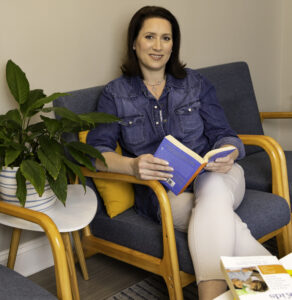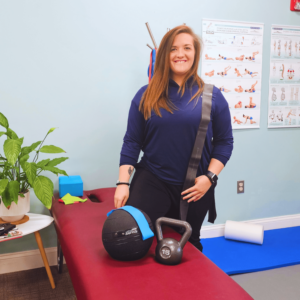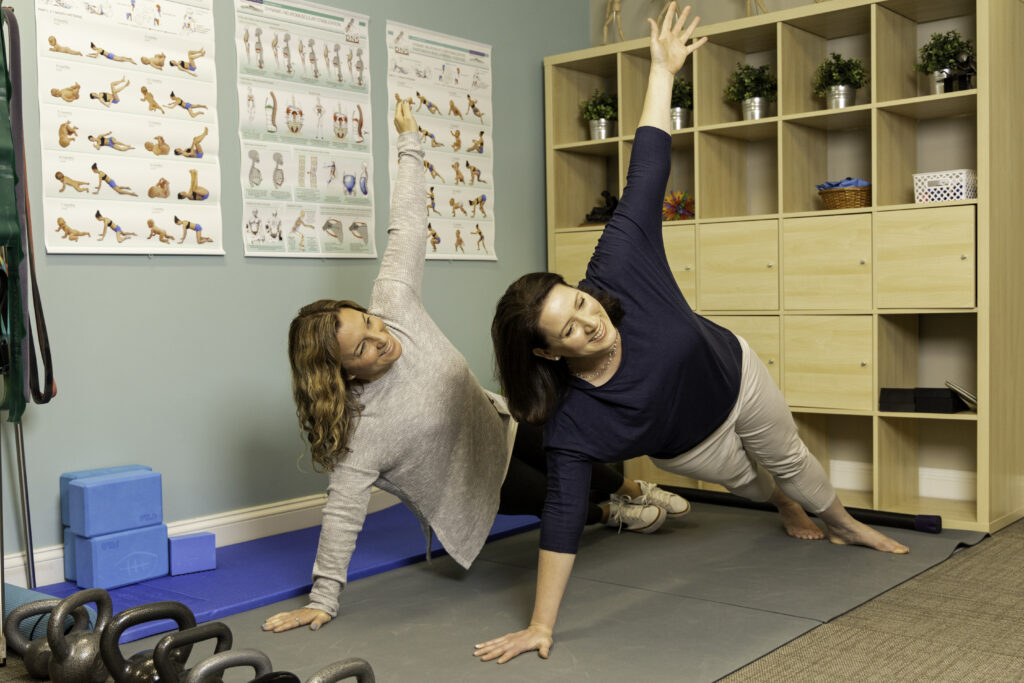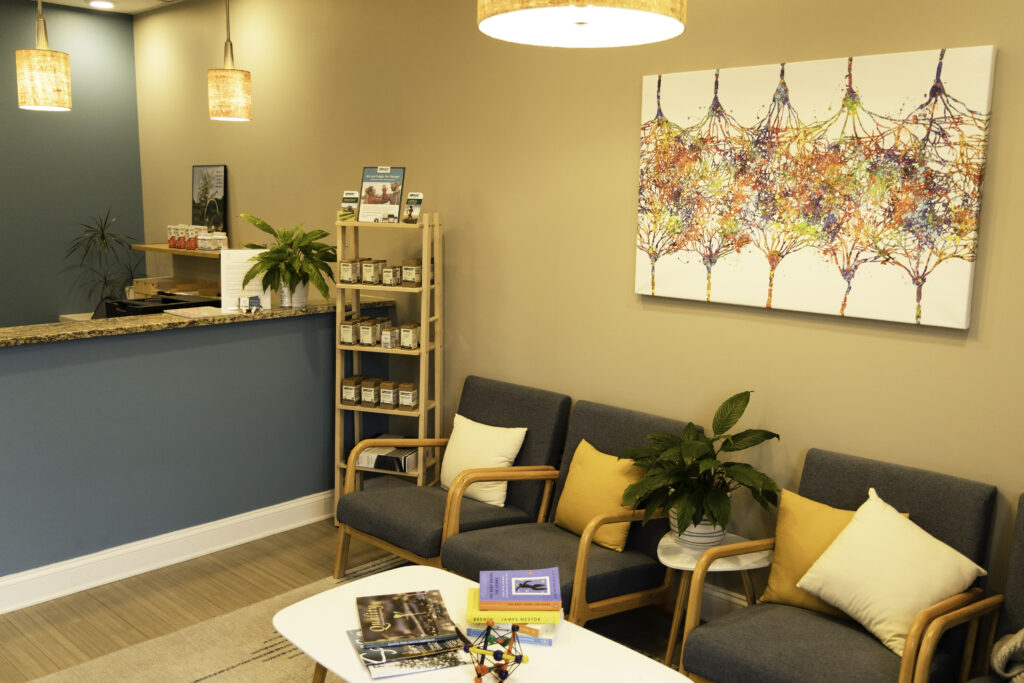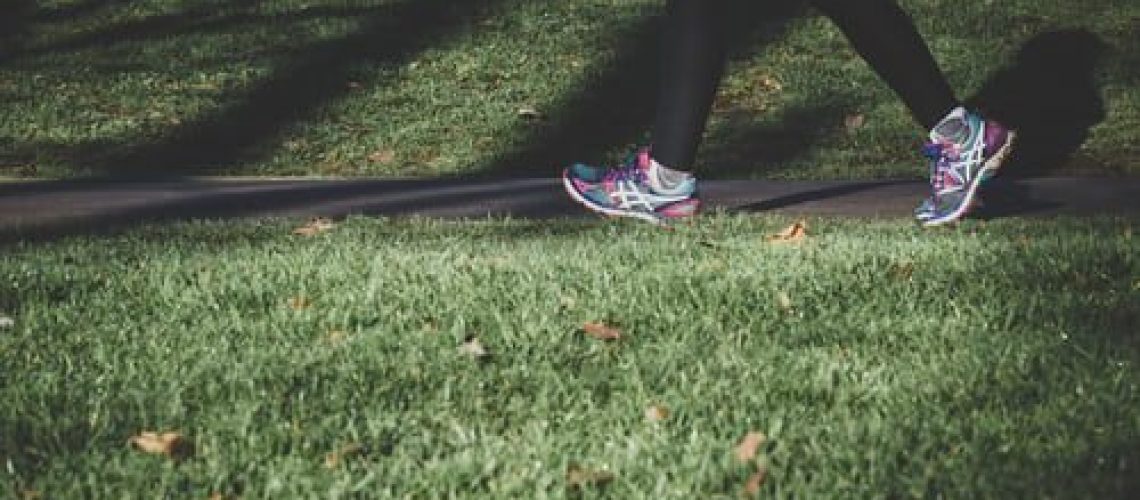While some fitness enthusiasts relentlessly seek out the latest exercise trends, others—especially those who are avoiding gyms and health clubs because of COVID-19—are returning to good, old-fashioned walking to help them feel great and get into shape. Whether enjoying the wonder of nature or the company of a friend (at a safe distance), walking can be a healthy, invigorating experience.
Thanks to its convenience and simplicity, walking just might be right for you, too. And except for a good pair of walking shoes, it requires virtually no equipment. The Center for Disease Control and Prevention (CDC) notes that a sedentary lifestyle has a debilitating effect on our health as we age, therefore physical activity is imperative. According to CDC, walking accomplishes all of the following and more:
- Improves cardiovascular endurance
- Tones muscles in the lower body
- Burns calories
- Reduces risk of heart disease
- Reduces anxiety and enhances sleep
Selecting Shoes
Too many people choose fashion over function when purchasing running shoes, not realizing that ill-fitting shoes can do more than hurt their stride; they can also lead to pain throughout the body.
- Make sure the shoes you purchase fit properly. The balls of your feet should rest exactly at the point where the toe end of the shoe bends during walking.
- Shop for sneakers at the end of the day or after a workout when your feet are generally at their largest.
- Wear the type of socks you usually wear during exercise. When trying on shoes, be sure to wear them for at least 10 minutes at the store.
- Once you have purchased a pair of shoes, don’t walk them into the ground. While estimates vary as to when the best time to replace old shoes is, podiatric experts suggest between 350 and 500 miles is a good benchmark.
Cushioning and Support – More is Not Usually Better!
Each foot has 26 bones, 30 joints, and 100+ muscles ligaments and tendons. Healthy feet can absorb shock, flex and spring, and toes are able to move freely. When you add too much external arch support, these muscles and tendons aren’t allowed to contract and stretch normally. Here’s how it works…
Muscles that don’t move get weak.
Weak muscles don’t support the joints and ligaments, causing strain and inflammation (aka tendonitis and fasciitis)
Weak muscles and unsupported joints hurt when they have to move.
Pain = Less Movement = More Weakness = More Pain
Weakness in the toe and foot muscles also commonly lead to
- Bunions
- Hammertoes
- Plantar fasciitis
- Foot and leg cramps
- Shin Splints
- Flat feet
- Knee, hip, and lower back pain
Therefore, too much cushioning and support can be counterproductive and cause more problems long term. “Minimalist” shoes with lighter cushioning and a lower heel drop are designed to allow your foot to move more normally while providing protection. If you have existing foot problems, you may need to work on strengthening and mobility first.
The easiest way to start doing this is by walking and doing balance exercises barefoot to stimulate the nerves and muscles. Start with walking barefoot around your house as much as possible. Like any new exercise, it may be uncomfortable but will improve with time and consistency.
Getting Started
CDC recommends adults get 150 minutes per week of moderate physical activity (or 75 minutes of vigorous activity), and walking is a great option. The following tips can help you get started on your walking regimen:
- Move your arms freely, keeping your neck and shoulders relaxed.
- Don’t stoop your head or look down as you walk. This will challenge the normal forward curve of your neck, which, in turn, will cause you to carry your weight improperly.
- Don’t carry weights or dumbbells while walking. They’re better used as a separate part of your exercise regimen.
- Expect a little soreness in the thighs and calves for the first week or two. If you experience more than soreness, give us a call so we can figure out why.
- Walk briskly, with “purpose.” Simply sauntering, while relaxing, is not an effective form of cardiovascular exercise.
- Stay hydrated.
Walking Surfaces
Some walking surfaces may be better than others on your musculoskeletal system.
- Walking on a cushioned or rubberized track is generally better because the cushioning of this type of track absorbs most of the impact of your walking. Many recreation centers offer this type of track free of charge.
- Grass is another good surface, but watch out for hidden dips or holes in the ground.
- Walking on a surface with no give, such as concrete or a mall floor, is not your best choice, because this type of surface will not absorb much of the impact your body will experience. If you do choose to walk on such a surface, be sure to select adequately cushioned shoes.
- Nature hikes — walking in nature is an excellent option whenever possible. Walking on grass and uneven terrain is excellent for improving strength and balance. Fresh air and sunshine offer additional benefits! As always, proper clothing and footwear is essential for safety and injury prevention.
Pain and Injury
While you may experience pain or injury in a particular area (such as a knee or a hip), the root of the problem may lie elsewhere. A problem in the foot or ankle can create an imbalance in every step, leading to discomfort or injury that moves to the knees, hips, low back or other regions of the body.
If you suffer from pain beyond typical muscle soreness, your doctor of chiropractic can diagnose and treat your pain or injury and get you back on track. We can also help you customize a wellness program that is right for you and has the expertise to help keep you feeling and functioning your best.
Adapted From The American Chiropractic Association

